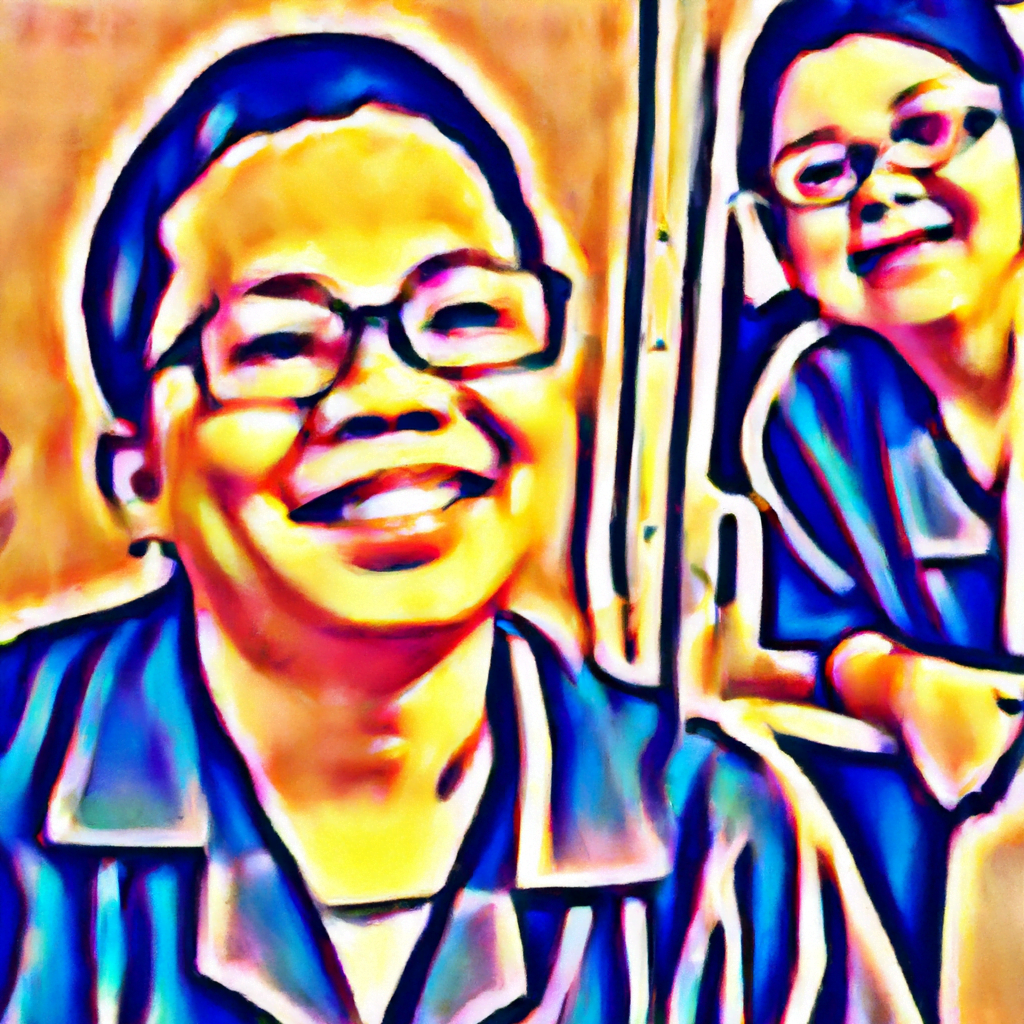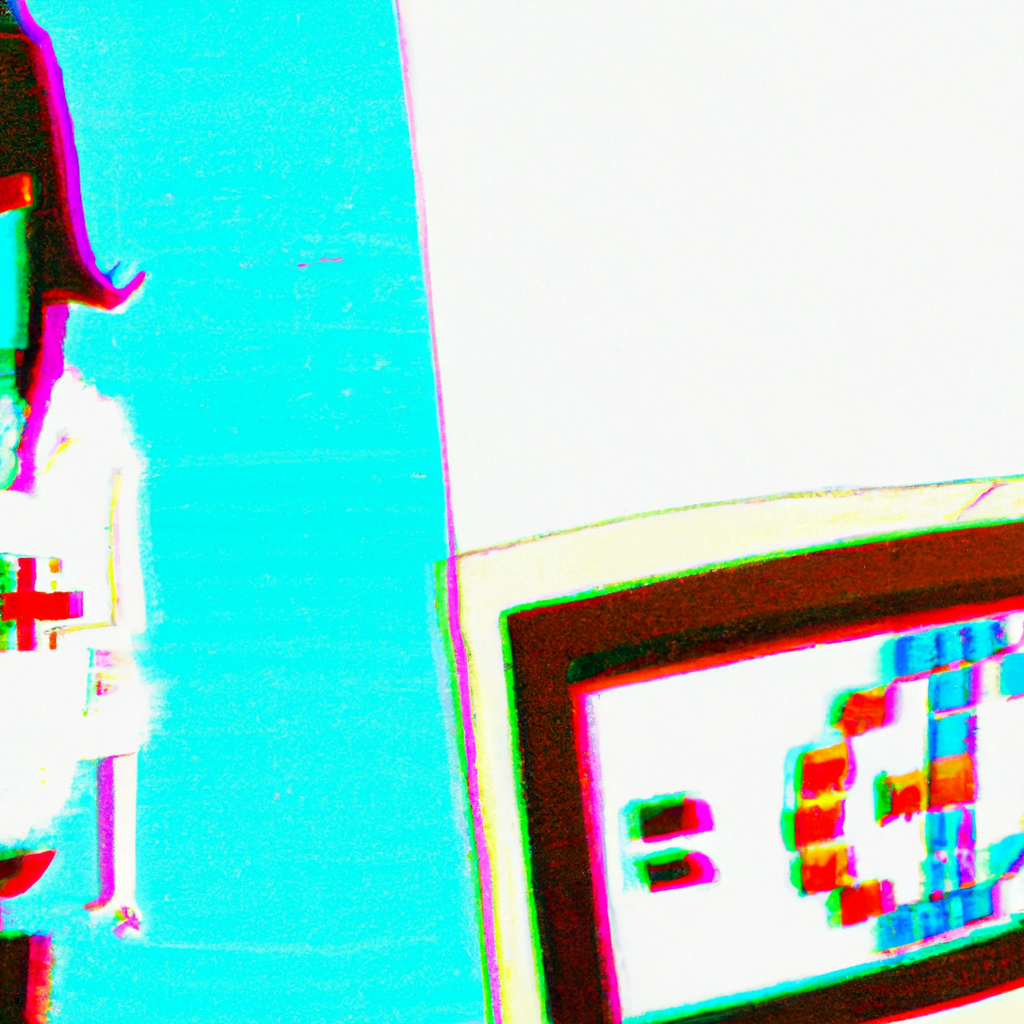
Exploring Cultural Diversity through Illustration

Cultural diversity is a fundamental aspect of our society, shaping our identities, beliefs, and values. It encompasses the rich tapestry of different cultures, languages, traditions, and perspectives that exist around the world. While cultural diversity can sometimes lead to misunderstandings or conflicts, it is also a source of inspiration and creativity. One powerful medium that can help us explore and celebrate cultural diversity is illustration. In this article, we will delve into the role of illustration in promoting cultural diversity, its impact on society, and how it can foster understanding and appreciation of different cultures.
The Power of Illustration
Illustration is a visual language that transcends barriers of language and culture. It has the ability to communicate complex ideas and emotions in a simple and accessible way. Through the use of colors, shapes, and symbols, illustrations can convey cultural nuances and tell stories that resonate with people from diverse backgrounds.
Illustration has been used throughout history to document and represent different cultures. From ancient cave paintings to contemporary graphic novels, illustrations have played a crucial role in preserving cultural heritage and transmitting knowledge across generations. They provide a visual record of traditions, customs, and beliefs, allowing us to gain insights into the diversity of human experiences.
Illustration as a Tool for Cultural Understanding
One of the key benefits of illustration is its ability to bridge cultural gaps and foster understanding between different communities. By depicting diverse characters, settings, and narratives, illustrators can challenge stereotypes and promote inclusivity. They can create visual stories that highlight the similarities and shared experiences among people from different cultures, emphasizing our common humanity.
For example, the children’s book “The Arrival” by Shaun Tan uses illustrations to depict the experiences of immigrants in a foreign land. Without relying on any specific language, the book communicates the challenges, hopes, and dreams of individuals who leave their homes in search of a better life. The illustrations evoke empathy and allow readers to connect with the characters on a deeper level, regardless of their own cultural background.
Illustration can also serve as a platform for marginalized voices and underrepresented cultures. By giving visibility to stories and perspectives that are often overlooked or ignored, illustrators can challenge dominant narratives and promote a more inclusive society. This is particularly important in a globalized world where cultural homogenization can threaten the preservation of unique traditions and practices.
Case Studies: Illustration and Cultural Diversity
Several illustrators and organizations have used their work to explore and celebrate cultural diversity. Let’s take a look at some inspiring case studies:
1. The “We Are Here” Project
The “We Are Here” project, initiated by illustrator Eleni Kalorkoti, aims to raise awareness about the experiences of refugees and immigrants. Through a series of illustrations, the project showcases the stories of individuals who have resettled in different countries. The illustrations capture the resilience, strength, and diversity of these individuals, challenging stereotypes and fostering empathy.
2. The “Little People, Big Dreams” Series
The “Little People, Big Dreams” series, written by Isabel Sanchez Vegara and illustrated by various artists, celebrates the lives of extraordinary individuals from diverse cultural backgrounds. Each book in the series tells the story of a notable figure, such as Frida Kahlo or Rosa Parks, through engaging illustrations and accessible language. By highlighting the achievements of these individuals, the series inspires children from all backgrounds to dream big and embrace their own unique potential.
3. The “Women Who Draw” Directory
The “Women Who Draw” directory is an online platform that showcases the work of women, trans, and non-binary illustrators from diverse cultural backgrounds. The directory aims to promote inclusivity and diversity within the illustration industry by providing a platform for underrepresented artists. Through their illustrations, these artists challenge stereotypes and offer fresh perspectives on cultural diversity.
Statistics on the Impact of Illustration
The impact of illustration in promoting cultural diversity is supported by various statistics:
- A study conducted by the University of California found that illustrations in children’s books can significantly influence children’s attitudes towards different cultures. Exposure to diverse illustrations led to increased empathy and reduced prejudice among young readers.
- In a survey conducted by the Society of Illustrators, 87% of respondents agreed that illustrations have the power to promote understanding and appreciation of different cultures.
- According to a report by the World Intellectual Property Organization, illustrations are an effective tool for cultural diplomacy, fostering dialogue and understanding between nations.
Conclusion
Illustration is a powerful medium that can help us explore, understand, and celebrate cultural diversity. Through its visual language, illustration transcends barriers and promotes inclusivity. It challenges stereotypes, amplifies marginalized voices, and fosters empathy and understanding. By embracing illustration as a tool for cultural exploration, we can create a more inclusive and interconnected world.
As we continue to navigate an increasingly diverse and interconnected global society, it is crucial to recognize the importance of cultural diversity and the role that illustration can play in promoting understanding and appreciation. By embracing and celebrating our differences, we can foster a more inclusive and harmonious world for future generations.

Your blog has been a constant source of support and encouragement for me I am grateful for your words of wisdom and positivity
Your writing is so eloquent and persuasive You have a talent for getting your message across and inspiring meaningful change
I just wanted to take a moment to express my gratitude for the great content you consistently produce. It’s informative, interesting, and always keeps me coming back for more!
This blog is such a hidden gem I stumbled upon it by chance and now I’m completely hooked!
As a new reader, I am blown away by the quality and depth of your content I am excited to explore your past posts and see what else you have to offer
Your blog post was fantastic, thanks for the great content!